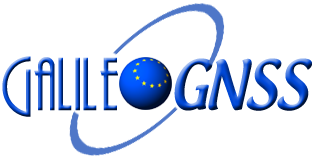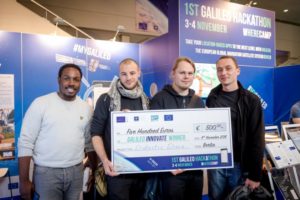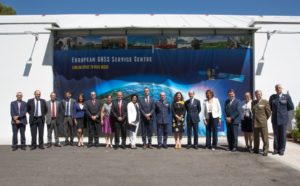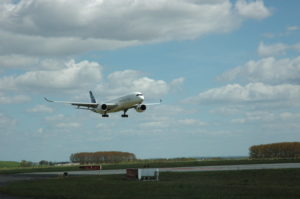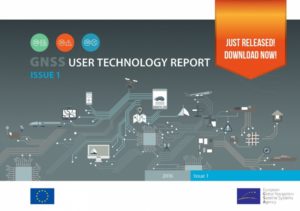
The report focuses on three key macrosegments:
- mass market solutions
- transport safety and liability-critical solutions
- high precision, timing and asset management solutions
DOWNLOAD the 2016 GNSS user technology report.
The 2016 GSA GNSS User Technology Report begins with a comprehensive overview of GNSS user technology. This is followed by a macrosegment analysis that focuses on receiver design, innovative signal processing techniques, changes that have an impact on antennas, and GNSS vulnerabilities – and how to mitigate them. Read more…
